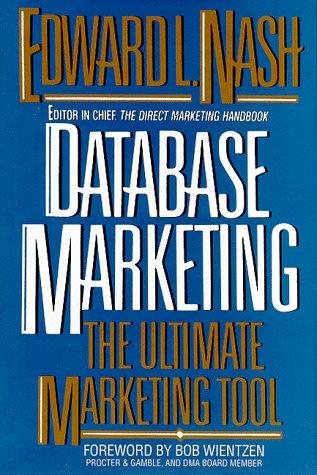
1. (10 pts) Write a sequential MATLAB program that uses a for loop to find the Euclidean distance between two vectors, a[i] & b[i], and stores the result in a variable called c. Initialize a and b to random floating-point values. Report and plot the run times of your MATLAB code for vectors of increasing length, such as 103, 10, and 10. Turn in your MATLAB code. (Note: if the TA cannot copy/paste your code from whatever format you provide it into MATLAB, then you will not get any credit). 2. (20 pts) Update your MATLAB code from Question 1 to use the parfor keyword to enact parallelism. Use 1-10 workers on your local machine to implement. Report and plot the run times of your MATLAB code for increasing numbers of workers (e.g. 1-10) and vectors of increasing length, such as 10, 105s, and 10. Answer the question, "At which number of workers is the greatest speedup seen, and why? Turn in your MATLAB code. 3. (20 pts) Update your MATLAB code from Question 2 to use the spmd keyword to enact parallelism. State briefly how input data elements are partitioned to each lab (worker) & how each lab determines its start & end indices. Use 10 labs on your local machine to implement. Answer the question, "Does this method show speedup, or under which conditions (e.g. for which types of distributed applications) would use of the spmd block be targeted instead?" Turn in your MATLAB code. 4. (20 pts) Update your MATLAB code from Question 3 to use the distributed data type to enact parallelism. Use 10 workers on one node to implement. Turn in your MATLAB code. Note that the following built-in MATLAB functions support distributed vector inputs: 5. (20 pts) Calculate Euclidean distance using 4 labs (workers) in a pipelined/systolic manner by implementing ring communications in MATLAB. To be explicit, (a) Have lab #1 subtract vectors ali] & b[i] and send the result to lab #2. (b) Have lab #2 square the input and send the result to lab #3. (c) Have lab #3 sum the input and send the result to lab #4 (d) Have lab #4 take the square root of the input and send the result back to lab #1. 1. (10 pts) Write a sequential MATLAB program that uses a for loop to find the Euclidean distance between two vectors, a[i] & b[i], and stores the result in a variable called c. Initialize a and b to random floating-point values. Report and plot the run times of your MATLAB code for vectors of increasing length, such as 103, 10, and 10. Turn in your MATLAB code. (Note: if the TA cannot copy/paste your code from whatever format you provide it into MATLAB, then you will not get any credit). 2. (20 pts) Update your MATLAB code from Question 1 to use the parfor keyword to enact parallelism. Use 1-10 workers on your local machine to implement. Report and plot the run times of your MATLAB code for increasing numbers of workers (e.g. 1-10) and vectors of increasing length, such as 10, 105s, and 10. Answer the question, "At which number of workers is the greatest speedup seen, and why? Turn in your MATLAB code. 3. (20 pts) Update your MATLAB code from Question 2 to use the spmd keyword to enact parallelism. State briefly how input data elements are partitioned to each lab (worker) & how each lab determines its start & end indices. Use 10 labs on your local machine to implement. Answer the question, "Does this method show speedup, or under which conditions (e.g. for which types of distributed applications) would use of the spmd block be targeted instead?" Turn in your MATLAB code. 4. (20 pts) Update your MATLAB code from Question 3 to use the distributed data type to enact parallelism. Use 10 workers on one node to implement. Turn in your MATLAB code. Note that the following built-in MATLAB functions support distributed vector inputs: 5. (20 pts) Calculate Euclidean distance using 4 labs (workers) in a pipelined/systolic manner by implementing ring communications in MATLAB. To be explicit, (a) Have lab #1 subtract vectors ali] & b[i] and send the result to lab #2. (b) Have lab #2 square the input and send the result to lab #3. (c) Have lab #3 sum the input and send the result to lab #4 (d) Have lab #4 take the square root of the input and send the result back to lab #1







